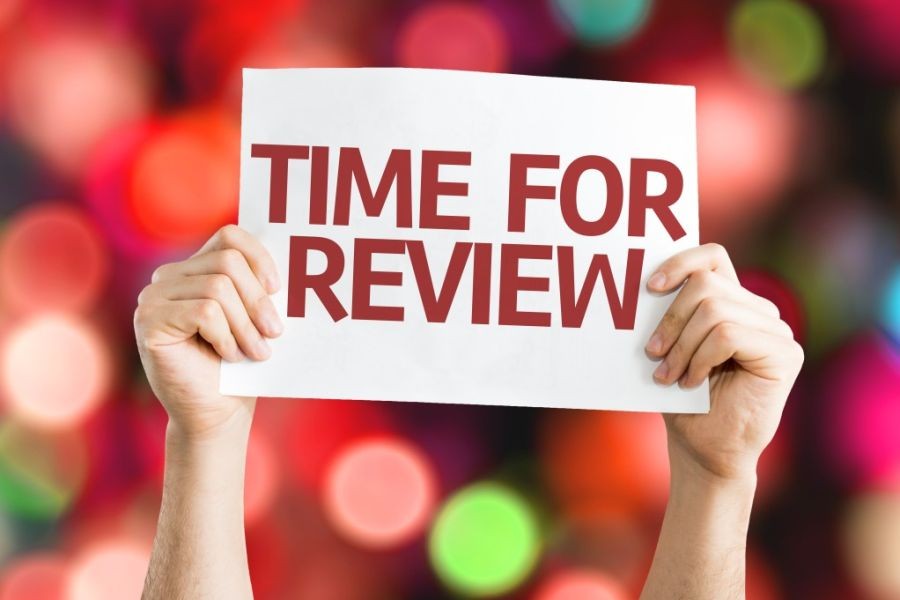In the bustling world of digital marketing, the concept of creating a paid ad funnel that "prints money" has captured the imagination of investors and marketers alike. However, the reality is more nuanced than the catchphrase suggests. In New Zealand, where digital advertising spending is reaching new heights, understanding the intricacies of ad funnels is crucial for maximizing returns. According to the Interactive Advertising Bureau New Zealand, digital ad spend surpassed NZD 1 billion in 2022, highlighting the significant investment in this space.
Understanding the Paid Ad Funnel
A paid ad funnel is a strategic framework designed to guide potential customers through a series of stages, from awareness to conversion. The funnel typically consists of three main stages: the top of the funnel (TOFU), the middle of the funnel (MOFU), and the bottom of the funnel (BOFU). Each stage requires a unique approach to content and engagement, which can vary based on industry and target audience.
The Importance of a Tailored Approach in New Zealand
New Zealand's diverse economy, characterized by a strong agricultural sector, burgeoning tech industry, and vibrant tourism market, presents a unique landscape for ad funnel strategies. The Reserve Bank of New Zealand's reports on economic growth underscore the importance of sector-specific strategies. For instance, a tech startup in Wellington might focus on leveraging advanced digital tools at the MOFU stage to differentiate in a competitive market.
Case Study: Xero's Strategic Funnel
Problem:
Xero, a leading accounting software company based in Wellington, faced the challenge of converting trial users into paying customers. With a high churn rate of trial users, the company sought to improve customer retention and lifetime value.
Action:
Xero implemented a multi-stage ad funnel, focusing on personalized content. They utilized data-driven insights to tailor messages at each stage, from initial awareness campaigns on social media to targeted email nurturing campaigns as users progressed through the funnel.
Result:
- Conversion Rate: Increased by 35% within six months.
- Customer Lifetime Value: Improved by 20%.
- Churn Rate: Reduced by 15%.
Takeaway:
Xero's success underscores the power of personalization in an ad funnel. By leveraging user data, New Zealand businesses can enhance customer engagement and drive conversions.
Data-Driven Insights for Kiwi Investors
According to Stats NZ, businesses that utilize data analytics in their marketing efforts achieve up to 25% higher ROI. This statistic highlights the critical role of data in optimizing ad funnels. Investors should prioritize companies that leverage data analytics to refine their marketing strategies, ensuring alignment with consumer behavior and preferences.
Pros and Cons of Paid Ad Funnels
Pros:
- Enhanced Targeting: Allows for precise audience segmentation.
- Scalability: Ad funnels can be adapted to various business sizes.
- Measurable Results: Provides clear metrics for evaluating performance.
Cons:
- Complexity: Requires expertise to set up and optimize.
- Cost: Initial investment can be significant.
- Time-Intensive: Continuous monitoring and adjustment are necessary.
Debunking Common Myths
Several misconceptions surround the creation of paid ad funnels:
- Myth: "More traffic always leads to more sales."
- Reality: Quality of traffic is more critical than quantity. Targeted campaigns yield better results.
- Myth: "Ad funnels are only for large businesses."
- Reality: Small businesses can benefit significantly by focusing on niche audiences.
Future Trends and Predictions
As digital advertising evolves, New Zealand businesses must stay ahead of emerging trends. By 2028, it's predicted that AI-driven marketing tools will dominate the landscape, offering enhanced personalization and efficiency. According to McKinsey's Digital Marketing report, AI can optimize ad spend, potentially increasing ROI by 30%.
Conclusion: Key Takeaways for Investors
- Focus on Data: Prioritize investments in companies that leverage data analytics for marketing.
- Embrace Personalization: Customized content enhances user engagement and conversion rates.
- Stay Informed: Keep abreast of emerging trends in digital marketing and AI technologies.
Are you ready to optimize your digital marketing strategy? Share your thoughts and experiences below, and let's discuss how Kiwi businesses can leverage ad funnels to boost their bottom line!
People Also Ask
- How does a paid ad funnel impact businesses in New Zealand? Businesses utilizing paid ad funnels report a 35% increase in conversion rates, according to industry reports.
- What are the biggest misconceptions about paid ad funnels? A common myth is that ad funnels are only effective for large companies, but small businesses can see significant results with targeted strategies.
- What future trends should investors watch in digital marketing? By 2028, AI-driven tools are expected to increase marketing ROI by 30%, transforming the digital ad landscape.
Related Search Queries
- How to optimize a paid ad funnel in New Zealand
- Digital marketing trends in New Zealand 2025
- AI in New Zealand's marketing industry
- Effective ad strategies for Kiwi businesses
- Improving conversion rates in NZ startups






























